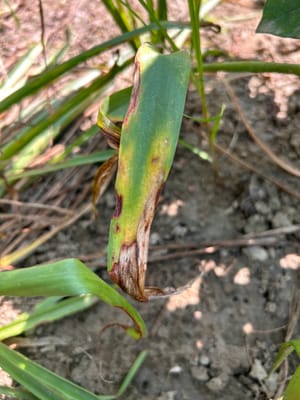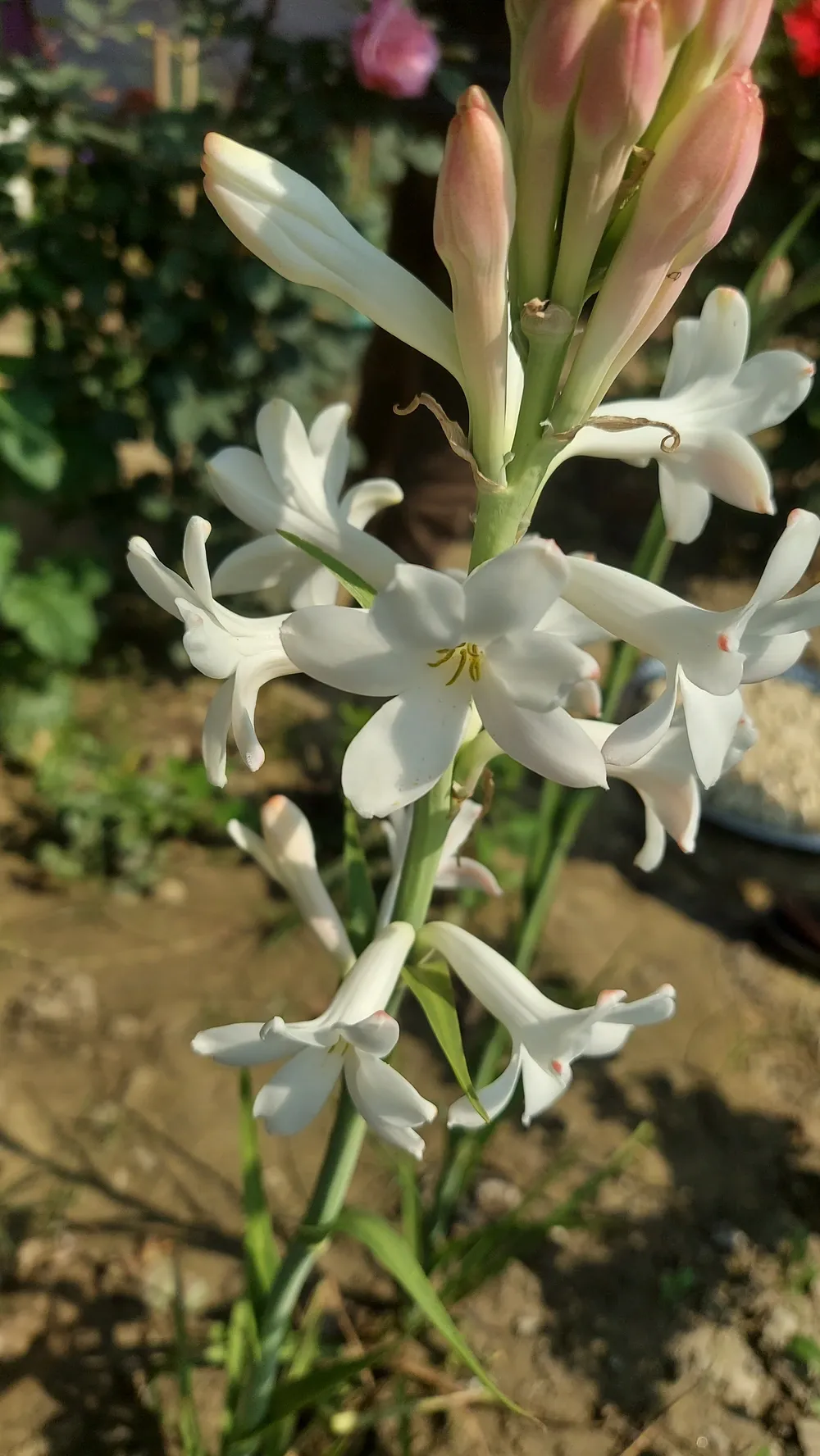
We love the fragrance of Tuberose but along with this nice fragrance, we get a lot of pests and diseases on our Tuberose. This is not a growing guide for tuberose. I will talk about the most common pests and diseases of tuberose.
If you follow this website regularly, you may find a post about the guide to plant and grow tuberose.
If you wish to grow this flowering plant in your home garden or already is in your garden, you may face some challenges, particularly from pests and diseases that can mar its beauty and reduce its vigor. In this article, I am going to give you some targeted strategies to prevent your tuberose plant based on specific pests identified that can give you effective results. The solutions I am going to share with you are based on my long-time journey as a gardener.
If you notice brown leaves on tuberose, check: how to cure tuberose leaves turning brown and dry.
Below are some of the common tuberose problems and their prevention listed:
Battling Bud Borer (Helicoverpa armigera)
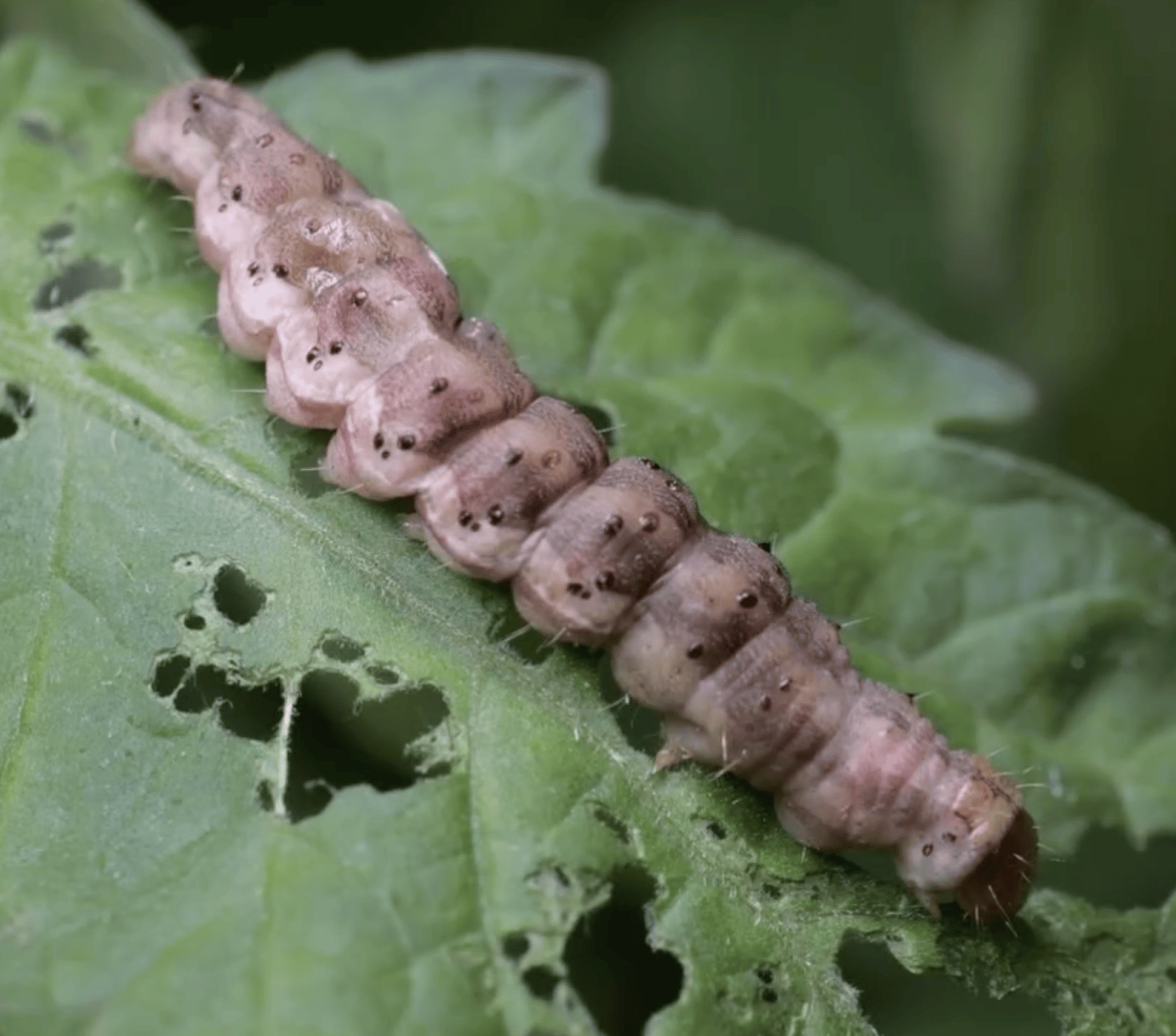
This creature can cause headaches for many plants, and tuberose is no exception. The bud borer is a significant pest, that primarily causes the damage of flowers by boring into buds and feeding on them. This action not only ruins the aesthetic appeal of the flowers but can also diminish the overall health of your plant.
To prevent your tuberose from this creature, you can perform regular collection and destruction of damaged buds. It can significantly reduce further damages and you can see the results. Light traps are effective as they can control the population of bud borer by attracting and capturing the pests. Chemical treatments with Endosulphan (0.07%) or Methyl Parathion (0.05%) sprayed at the first sign of egg presence on buds can control borer damage effectively. You can also consider, a 1% Neem oil solution provides a natural repellent to various stages of the pest.
Aphid Infestations
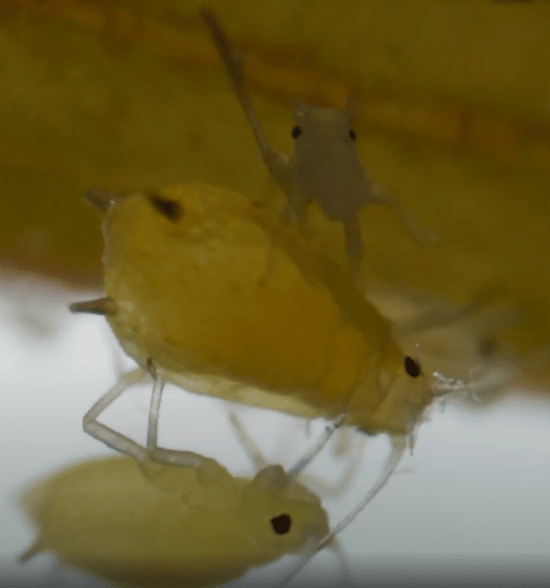
Aphids are small, often clustered insects with a variety of colors. They can be green, deep purple, or black. They damage tuberose by feeding on flower buds and young leaves. They can be managed by spraying infected plants with Malathion at a concentration of 0.1%, repeated every 15 days to ensure effectiveness.
Well, when I first found the Aphids attacked my tuberose, I applied this method and I was able to prevent my tuberose from them. It is so effective way.
Grasshopper Damage
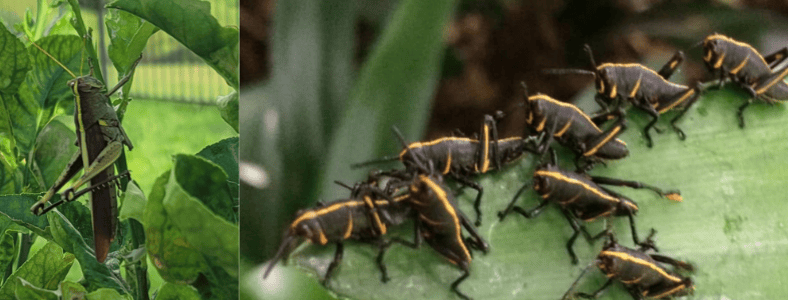
Grasshoppers target young leaves and flower buds, causing significant aesthetic and physical damage to plants, especially during the rainy season.
Dusting plants with 5% Cythione, DDT, or Folidol dust can deter grasshoppers is so effective on them. Physical removal of egg masses and the use of netting can also protect young plants. Chemical sprays with Quinalphos (0.05%), Malathion (0.1%), or Carbaryl (0.2%) offer additional protection for foliage.
Red Spider Mites
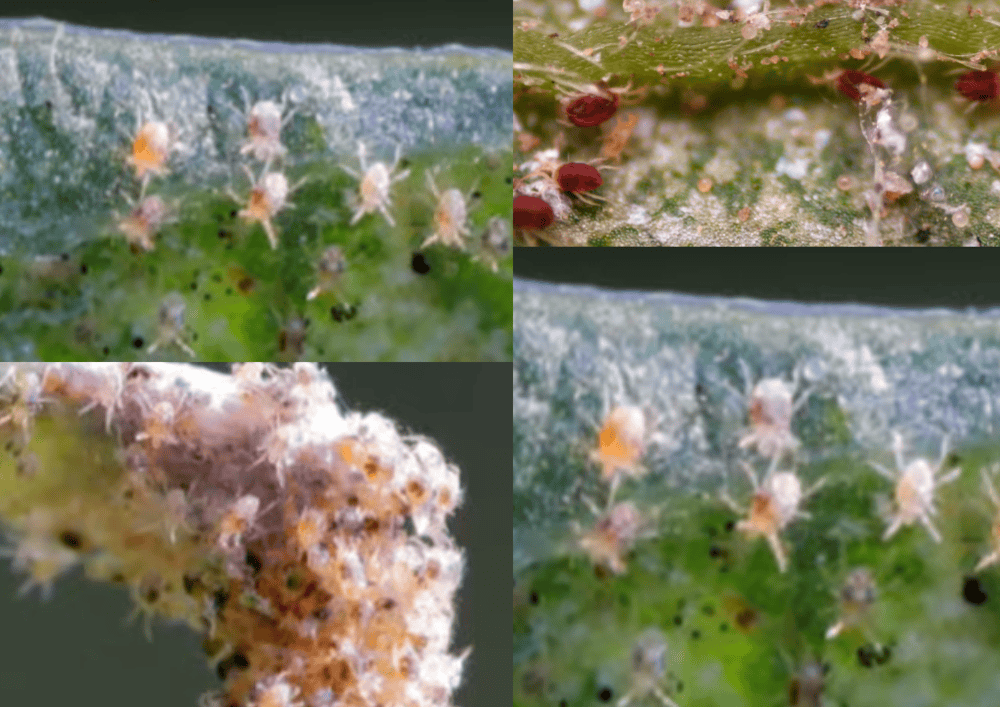
Thriving in hot, dry conditions, these mites attack the underside of leaves, creating webs and causing yellow streaks or discoloration on foliage.
To protect your plants from these creatures, you can spray Kelthane at a 1.2% concentration. It is so effective to eliminate mite populations.
Rodent Threats
Rodents can cause considerable damage to your beautiful tuberose plants by burrowing around them, affecting plant stability and health. You can prevent your plant from using poison baits, such as 'Roban'. It can effectively manage rodent populations in tuberose fields.
Thrips Invasion
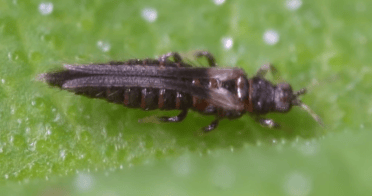
Thrips are sap-sucking pests that attack leaves, flower stalks, and flowers, potentially leading to the malformation of inflorescences, known as 'bunchy top'.
You can spray your tuberose plants with 0.1% Malathion. In this way, you can control the damage to your tuberose. It will give you good results.
Weevil (Myllocerus sp) Damage
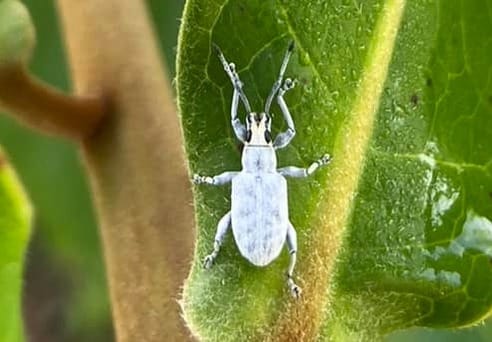
Weevils, particularly active at night, feed on the edges of leaves and shoots, while their larvae target roots and bulbs. Application of BHC dust (10%) in the soil before planting is a great idea to control them.
Whiteflies
I never witnessed whiteflies on my tuberose plants. But that does not mean they are whiteflies protected naturally. If you ever notice small whiteflies on your tuberose check: get rid of whiteflies on plants using these home remedies
Conclusion
The successful cultivation of tuberose requires vigilance and proactive management of pests and diseases. By employing a combination of cultural practices, biological controls, and chemical treatments as needed, gardeners can protect their tuberose plants from common threats, ensuring their garden remains a fragrant and visually appealing sanctuary.

